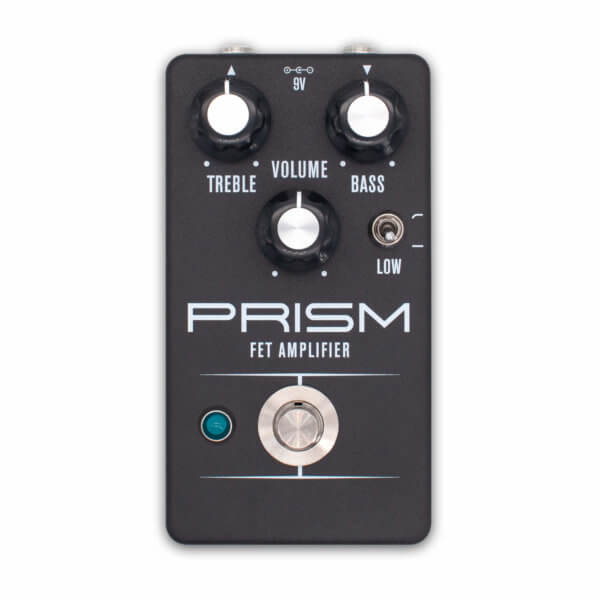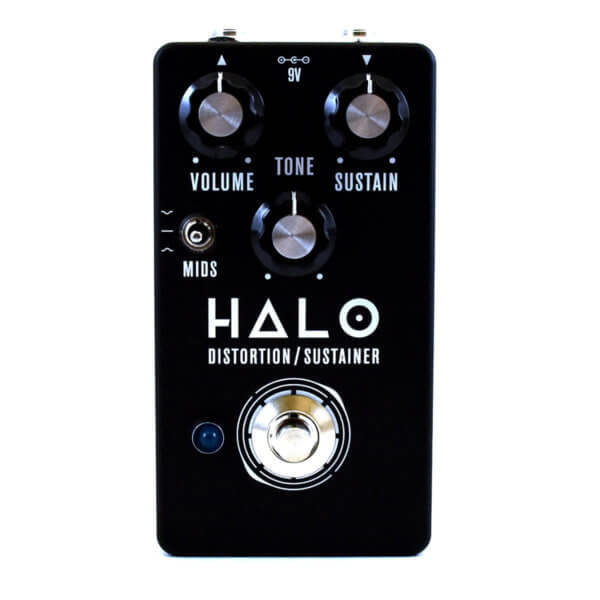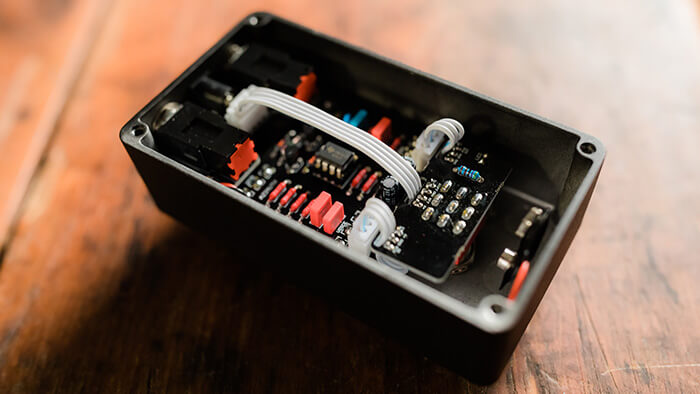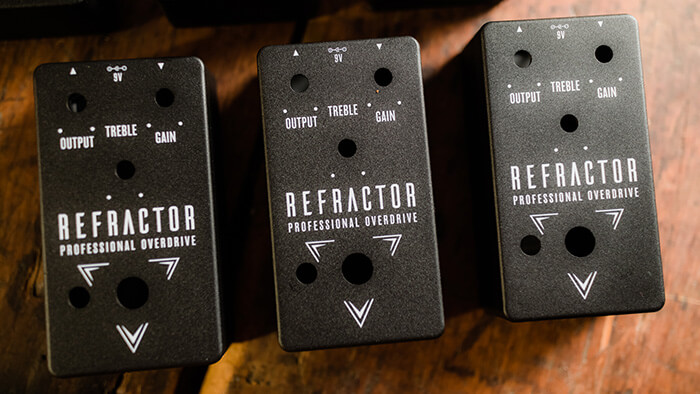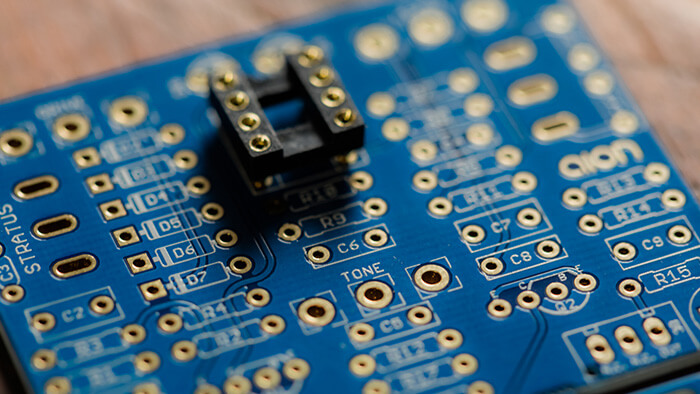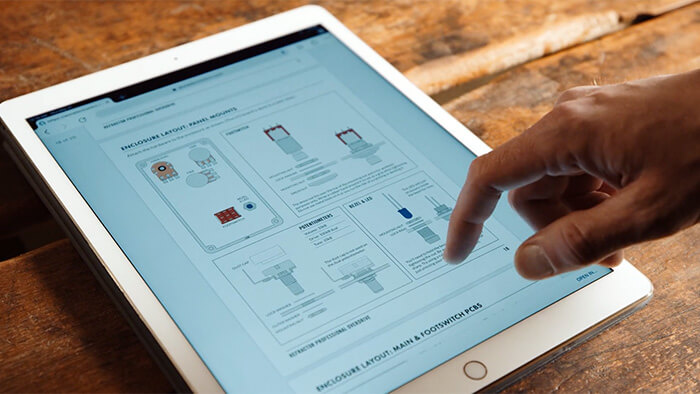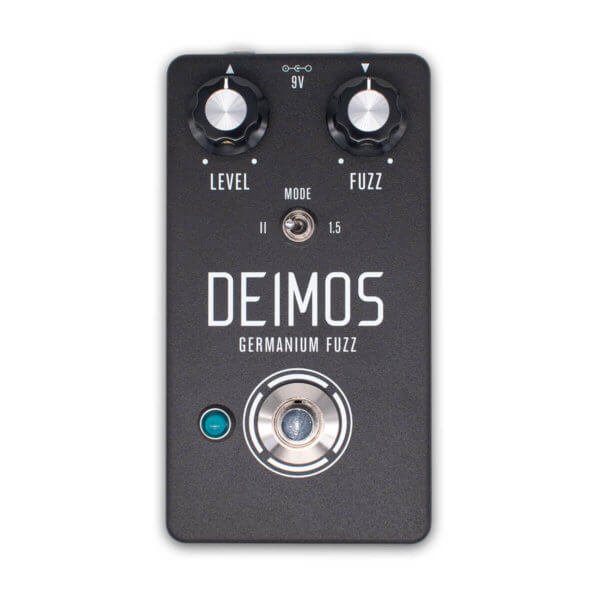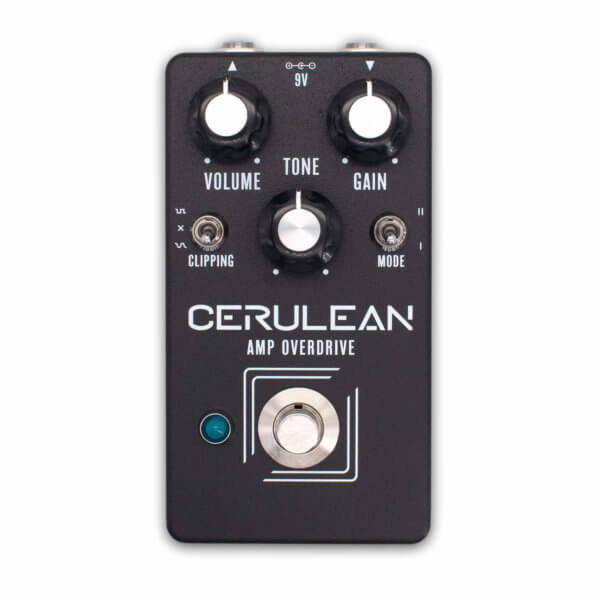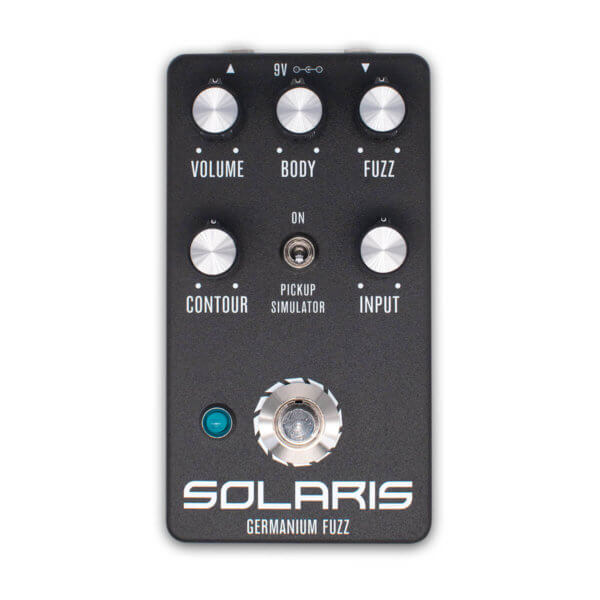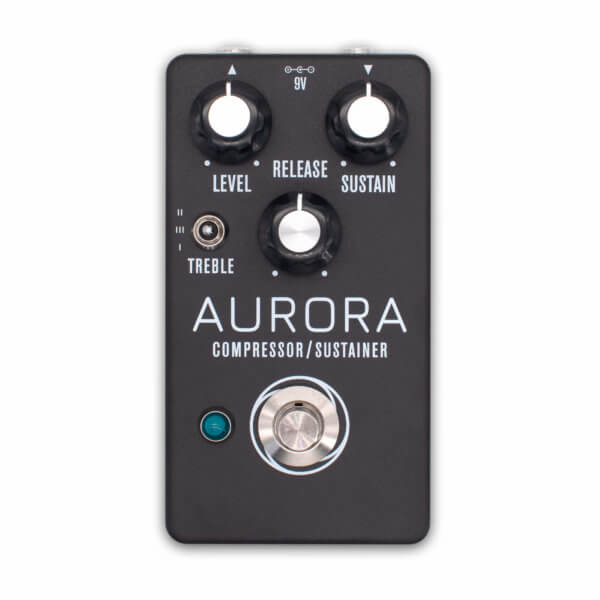Building a pedal should be fun and rewarding.
There’s an immense pride in playing through something you built yourself, especially when it gets you closer to the elusive tone of the superstars and legends. With the surge of the maker movement in the last few years, hand-crafted electronics has never been so mainstream.
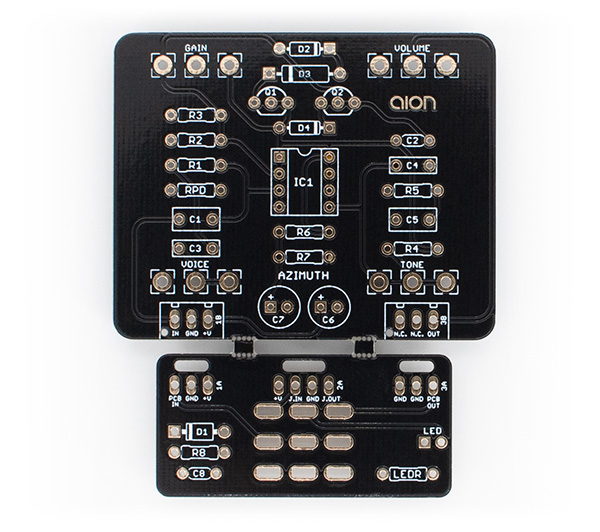
But the learning curve can be merciless.
All that pride disappears in an instant if you turn it on and it doesn’t work. Or even worse, if you get stuck along the way and don’t know how to finish. When all the resources are written for people who already know what they’re doing, it’s hard to get off the ground.
Even a kit doesn’t do much to jump-start the process. You’re given a bag of parts, sometimes unlabeled. The build documentation may be minimal, incomplete, or even contain errors. The learning curve is just as steep—the only difference is that someone did the shopping for you ahead of time.

Pedalbuilding needs a revolution.
The DIY pedal community is proud to spend most of its time in the past. This is great when it means preserving and recreating vintage analog circuits—but not when it means overlooking modern manufacturing techniques that can save time, reduce errors, and straighten out the learning curve.
These kits are designed around one idea: What if we could eliminate the tedious parts of building pedals, but keep parts that are fun and rewarding?

So we re-imagined how pedals are built, taking inspiration from the broader maker movement as well as manufacturing design principles, but staying true to the tone of the original circuits. They’re made with the beginner in mind—but like the best products or apps, they aren’t oversimplified. They’re just designed well, with painstaking attention to detail.
So if you’ve never built a pedal before, an Aion FX kit can be your first. And even if you’ve been doing it for years, try one out. It may change the way you build.

